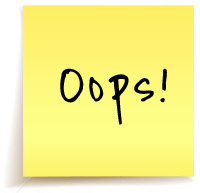Understanding question words
It is important to look for the question words (the words that tell you what to do) to correctly understand what the examiner is asking. Once you have read the question once circle the question word and then underline any other important key words. The combination of the circled and underlined words will tell you exactly what is being asked.
Use these explanations as a guide when answering questions:
| QUESTION WORD | WHAT YOU NEED TO DO |
| Analyse | Separate, examine and interpret |
| Calculate | This means a numerical (number) answer is required. You must show your working, especially where two or more steps are involved. |
| Classify | Group things based on common characteristics |
| Compare | Point out or show both similarities and differences between things, concepts or phenomena |
| Define | Give a clear meaning |
| Describe | State in words (using diagrams where appropriate) the main points of a structure/process/phenomenon/investigation |
| Determine | To calculate something, or to discover the answer by examining evidence |
| Differentiate | Use differences to qualify categories |
| Discuss | Consider all information and reach a conclusion |
| Explain | Make clear; interpret and spell out |
| Identify | Name the essential characteristics |
| Label | Identify on a diagram or drawing |
| List | Write a list of items, with no additional detail |
| Mention | Refer to relevant points |
| Name | Give the name (proper noun) of something |
| State/Give | Write down information without discussion |
| Suggest | Offer an explanation or a solution |
| Tabulate | Draw a table and indicate the answers as direct pairs |


 Oops! We can’t find the article you are looking for. Please try a different Subject, Grade or Title.
Oops! We can’t find the article you are looking for. Please try a different Subject, Grade or Title.